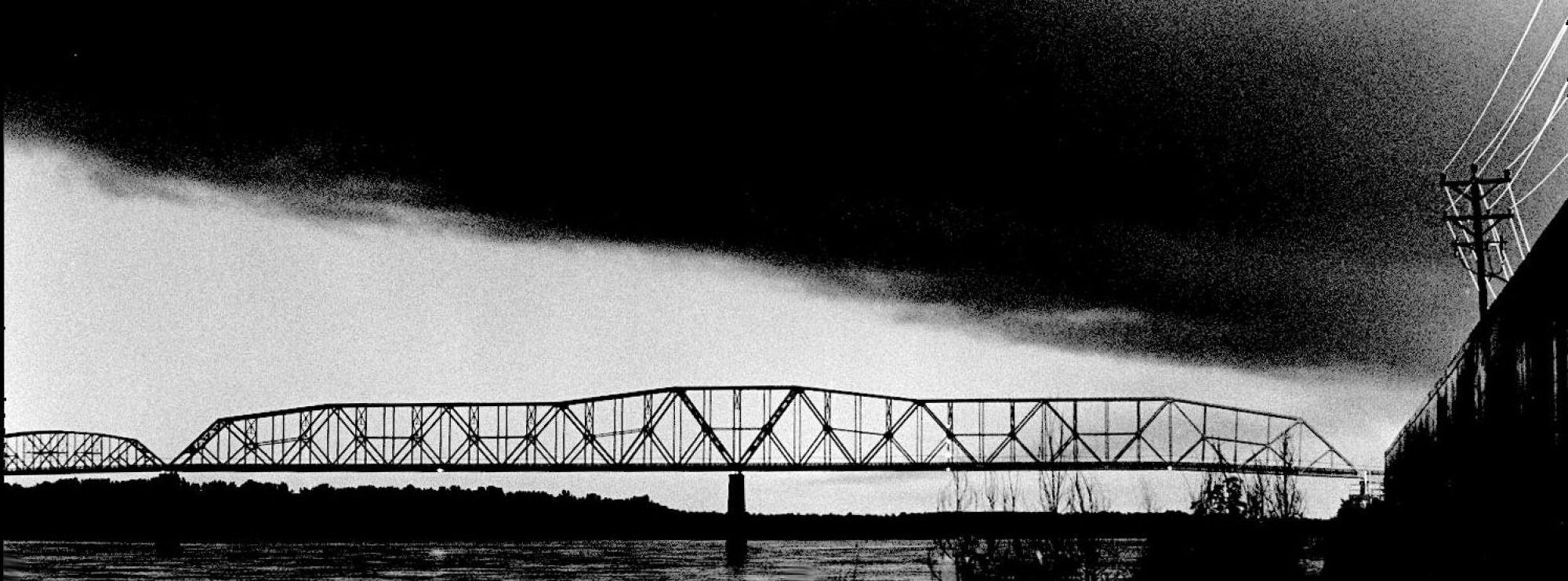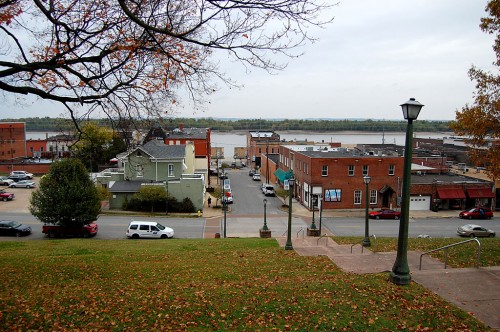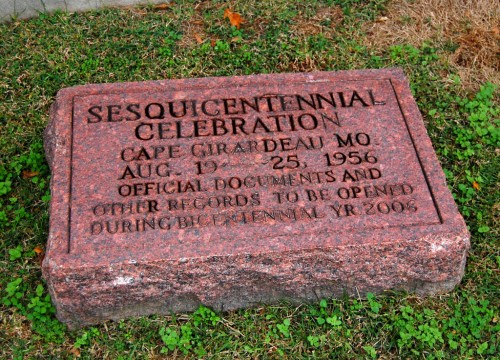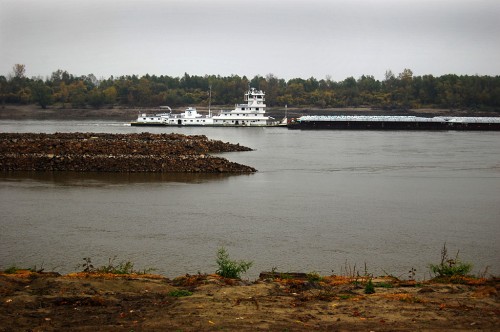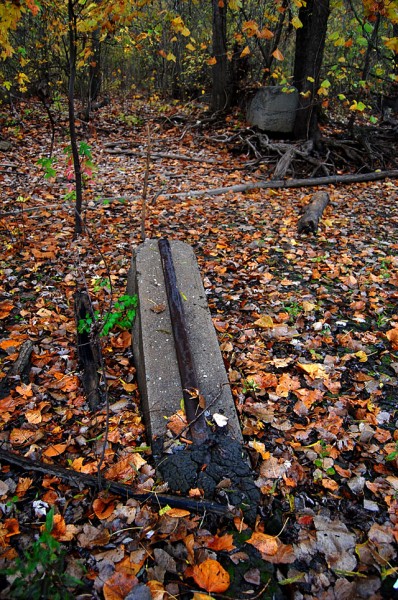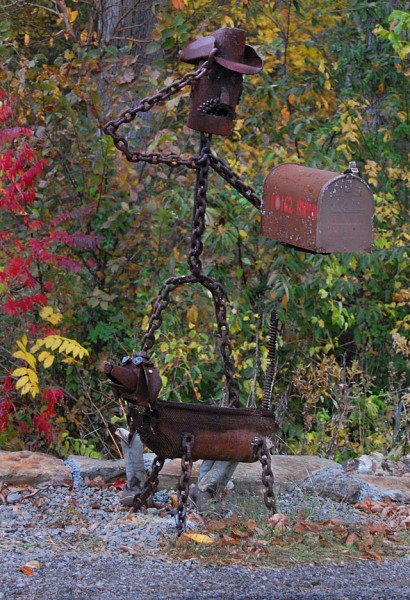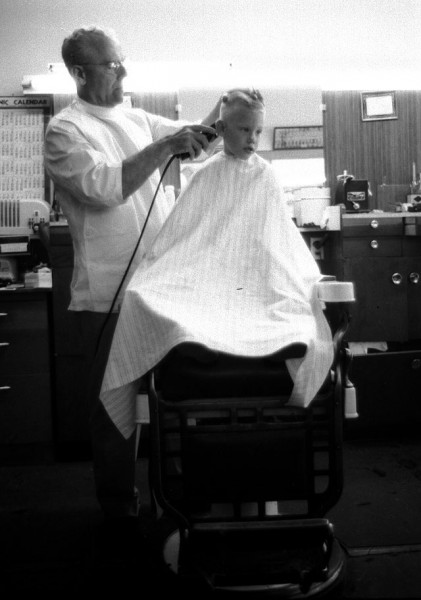 I had pictures of Ed Unger cutting hair as one of my earliest blog posts. I’m not sure which of the shops this was taken in, but the story had some of his background and some good comments from folks who knew him.
I had pictures of Ed Unger cutting hair as one of my earliest blog posts. I’m not sure which of the shops this was taken in, but the story had some of his background and some good comments from folks who knew him.
Stylerite Barber Shop
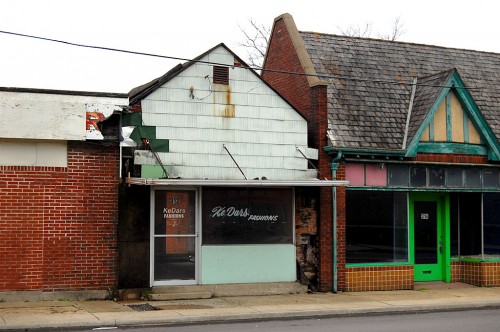 After I finished shooting the photos of the Pure Ice Co., I took a cruise by Good Hope. I’ve been meaning to do a spread on the Haarig District, as it’s called, but keep putting if off.
After I finished shooting the photos of the Pure Ice Co., I took a cruise by Good Hope. I’ve been meaning to do a spread on the Haarig District, as it’s called, but keep putting if off.
As I walked down the 300 block of South Sprigg looking in the windows of empty shops, I noticed the back door of the old Stylerite Barber shop was open. My feeling is that an open door in an empty building says “Come In” unless there’s a No Trespassing sign next to it.
The 1968 City Directory lists Edwin Unger’s name under the Stylerite, so this must have been his shop in that era.
Stepping back in time
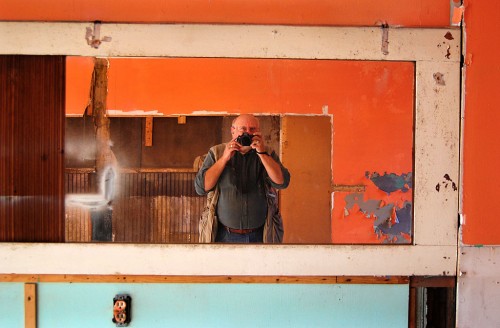 As it turned out, luck was with me. Just as I got behind the building, a guy pulled in with a long ladder and I offered to help him unload it. (Declined, by the way.) We got to talking and it turned out he owns 329 Good Hope and the buildings in the 300 block of Sprigg, including my target at 312.
As it turned out, luck was with me. Just as I got behind the building, a guy pulled in with a long ladder and I offered to help him unload it. (Declined, by the way.) We got to talking and it turned out he owns 329 Good Hope and the buildings in the 300 block of Sprigg, including my target at 312.
Even better, he removed a chain that would have kept me out and said to “have at it. Just lock it up when you’re done.”
As I stood in the barber shop taking this self portrait, I wondered if I had looked into that very mirror when I was the age of the kid on the booster seat. Dad had an office upstairs in the old Farmers and Merchants Bank across the street, so Ed was probably our barber of choice for convenience sake.
Recessive art gene comes out
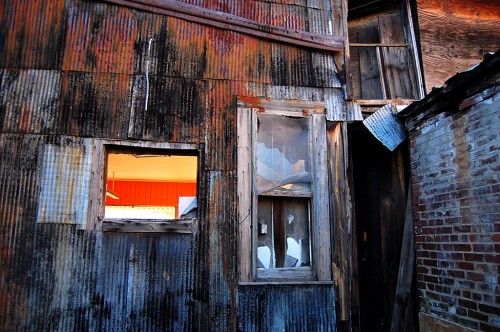 I never had never been out the back door, so I didn’t know there was what appears to be a concrete patio behind the building. The warm colors of the shop, the neat tones of the old tin, the cool textures brought out the art geek in me. It’s a recessive gene, so it doesn’t show often.
I never had never been out the back door, so I didn’t know there was what appears to be a concrete patio behind the building. The warm colors of the shop, the neat tones of the old tin, the cool textures brought out the art geek in me. It’s a recessive gene, so it doesn’t show often.
Stylerite Barber Shop photo gallery
Here’s a collection of photos taken in and around the Stylerite. We’ll look at the other buildings in Haarig another time. Click on any image to make it larger, then click on the left or right side to move through the gallery.
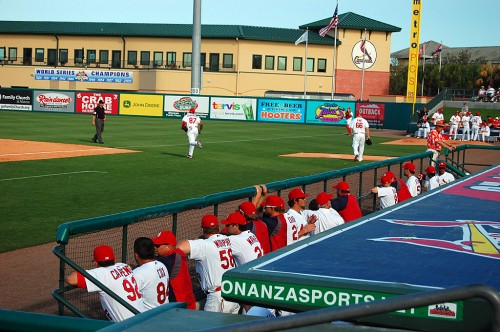 When Brother-in-Law Don Riley and I went to the Cardinals – Marlins Spring Training Opening Day in Jupiter, Fla., on a sunny February day, we wouldn’t have predicted that one team would end up the World Champs and the other would be in last place in their division.
When Brother-in-Law Don Riley and I went to the Cardinals – Marlins Spring Training Opening Day in Jupiter, Fla., on a sunny February day, we wouldn’t have predicted that one team would end up the World Champs and the other would be in last place in their division. I wonder if this kid held onto the ball Tony LaRussa signed for him and if he got to stay up late to watch the Series. I hope so.
I wonder if this kid held onto the ball Tony LaRussa signed for him and if he got to stay up late to watch the Series. I hope so.